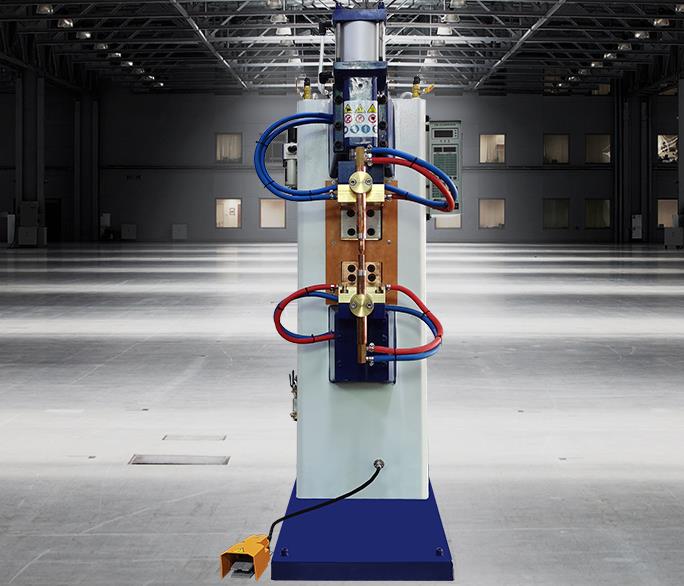The application of AC technology in resistance welding equipment is equipped with a unique step-down transformer, and the welding wire and welding parts are respectively connected to the two output ends of the switching power supply. It differs from ordinary welding machines in that its first and second windings are installed on the two iron cores, and the second winding is connected in series with a reactor. The iron core of the reactor not only has some air gaps, but also rotates the screw. The length of the air gap can be selected to obtain different welding currents.
Its advantages depend on low cost, low failure rate, equipped with secondary feedback loop, sustainable compensation of welding current, two-discharge working mode, effectively improving welding stability, special materials can be preheated or tempered, the disadvantage is that If the thyristor is excited to be turned on, it must be turned off after the AC zero-crossing point, which will cause the welding time to become longer, the time will increase, and the welding power will become lower and lower. Therefore, the extended welding time has little effect on the welding effect. The advantage is that you can only add the temperature of the solder joints, which is easy to cause the power to be reduced and the virtual soldering to be increased, and the frying welding and tin melting, etc. to be increased. This phenomenon is more common in the spot welding of the nickel sheet of the protective plate.

Since the tin under the pads of the protection board is particularly sensitive, this reflects the fact that the spot welding temperature of the AC pulse is high. Therefore, when spot welding the negative electrode of the aluminum shell or the positive electrode of the steel shell, because the rivet area is relatively small, it is not easy to dissipate heat, and the sealing ring is often melted. Case.
